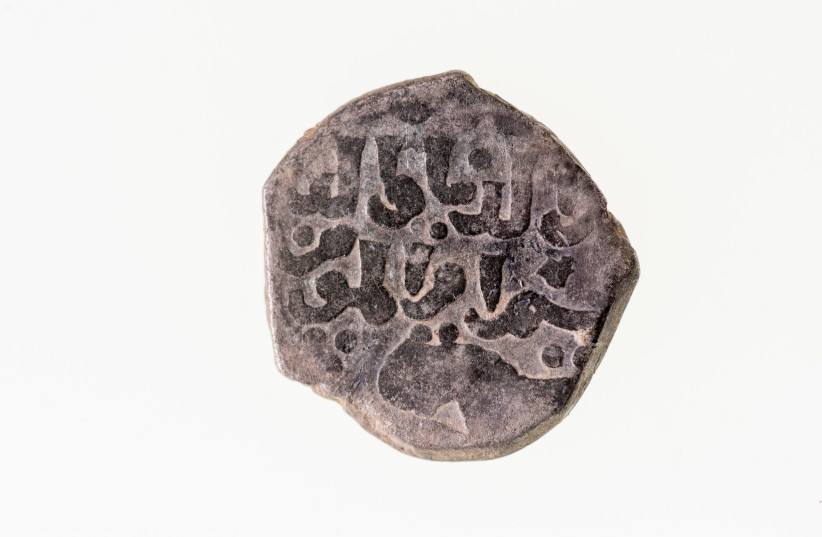Archaeologists have begun digging at Khirbet Tibnah in the West Bank, a site where humans have settled for about 4,000 years and which is believed to be where the biblical Joshua lived and was buried, the excavation project at the site announced on Monday.
The dig is being led by Dr. Dvir Raviv and students from Bar-Ilan's Department of Land of Israel Studies and Archaeology, alongside volunteers from Israel and abroad.
Khirbet Tibnah is located on a hill in the southwest of the Samaria region, east of Shoham near Halamish. The site was populated from the Bronze Age until the beginning of the Ottoman period, according to Bar-Ilan.
The site is also identified as Timnath-heres or Timnath-serah, a town which, according to the Book of Joshua, was given by the Israelites to the prophet and was where he lived and was buried. The tomb of Caleb is also believed to be at the site.
The site was surveyed in the 1800's and is mentioned in a number of historical documents. Remnants from the biblical period, the Hasmonean period, the Roman period and the Ottoman period were found at the site throughout the 1900's.
A detailed mapping of the site was conducted by Raviv in 2015, sketching the tombs, collecting fragments of pottery and documenting various remains and burial caves, showing proof of the existence of a Jewish settlement in the area in the past.
Khirbet Tibnah's first archaeological excavation
While surveys are conducted on the surface, this is the first archaeological excavation at Khirbet Tibnah.
Last week, during preparations and surveys conducted at the hilltop site ahead of the opening of the excavation season, archaeologists found a number of artifacts, including a Roman spear head dated to the 2nd century AD. The spear head had a bent tip, indicating it hit something.
"Perhaps this is evidence of a violent struggle. At this point, we can only guess," said Raviv in a Bar-Ilan press statement, adding that the discovery of a Roman weapon is considered rare in Israel. "Normally, finds of this type are discovered in shelter caves that were used by the rebels of the Roman army. In the current excavation, I hope we can link the find to a Roman military presence or to the Bar Kochba rebellion."
Pottery and 18 coins were also found at the site, with four of the coins preserved well enough to allow identification. One of the coins is a Roman coin from 58-59 AD, while another is a silver coin from the Mamluk period (1260-1277) on which a lion figure is emblazoned. The lion figure is a symbol of the Mamluk Sultan Baibars.
"This area is the largest and most accessible of its kind in the space between Jerusalem and Samaria. In addition, it is the capital of a district and was an important fortified site throughout many periods," said Raviv. "In general, it is not obvious that an Israeli archaeologist will excavate in Judea and Samaria these days. Today there are only a few who do so."

"It seems that [Khirbet] Tabna is expected to yield significant and interesting findings."
Dr. Dvir Raviv, Bar-Ilans Department of Land of Israel Studies and Archaeology
"My goal in this project is to understand the architectural outline of the settlement: is it indeed fortified as described in the sources?" added the archaeologist. "Who lived there in the pre-Hasmonean period? Did the settlement spread beyond the top of the mound, towards the slope? Will we discover items in it that can be linked to military presence in different periods? It seems that [Khirbet] Tabna is expected to yield significant and interesting findings."
